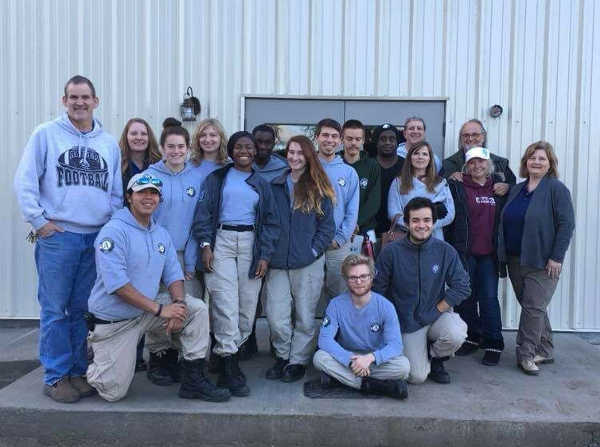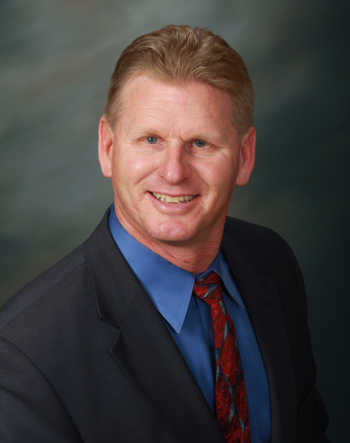- Elizabeth Larson
Napa County Sheriff’s Office identifies victims, suspected shooter in Friday Yountville standoff
NORTHERN CALIFORNIA – On Friday night the Napa County Sheriff-Coroner’s Office identified the shooter and his three female victims who were found dead following a daylong standoff with authorities at the Veterans Home in Yountville.
Capt. Steve Blower identified the shooter as Albert Wong, 36, from Sacramento, who was reported to have fired shots at law enforcement officers and taken three women as hostages on Friday morning before he was found dead on Friday evening.
Blower said the three victims are Jennifer Golick, 42, of St. Helena; Christine Loeber, 48, of Napa; and Jennifer K. Gonzales Shushereba, 32, of Napa.
Golick was the clinical director of the Pathway Home treatment program for veterans, located on the campus of the Veteran Home of California in Yountville, while Loeber was executive director and Shushereba was a clinical psychologist with the San Francisco Department of Veterans Affairs Healthcare System, Blower said.
Blower also reported that Shushereba had been 26 weeks pregnant.
Wong had formerly taken part in the Pathway Home program, according to Blower’s report.
Autopsies of the three women and Wong will take place next week at the Napa Sheriff-Coroner’s Office Facility, Blower said.
“We are devastated by today’s tragedy at our Home in Yountville,” said CalVet Secretary Dr. Vito Imbasciani in a Friday night statement. “Our hearts are heavy for the entire Yountville Veterans Home community and the families and friends who are grieving for those who died. Nothing matters more than caring for our veterans and employees during this difficult time. We appreciate the tremendous law enforcement response today and unfailing support of this community.”
The Napa County Sheriff’s Office reported that the California Highway Patrol received a call at 10:20 a.m. Friday of gunshots fired at the Yountville Veterans Home in Yountville.
Several agencies, including the Sonoma County Sheriff’s SWAT team, responded and deputies arrived within four minutes, engaging Wong – who they agency said was armed with a rifle – and exchanging gunfire with him. At that time, there were no injuries.
Wong took the three women hostage and three tactical teams had him confined to a single room, with hostage negotiators from three different agencies part of the response.
The situation continued into the evening. Then, just before 6 p.m., law enforcement officers made entry into the room where Wong was holding the women hostage, according to CHP Golden Gate Division Assistant Chief Chris Childs in a Friday night press conference.
Childs said they found Wong and the three hostages all dead.
“This is a tragic piece of news, one we were really hoping not to come before the public to give,” Childs said.
Childs credited the initial responding Napa County Sheriff's Office Deputy who arrived at the scene and put himself in harm’s way, exchanging gunfire with Wong.
“”We believe and we credit him with saving the lives of others in the area by eliminating the ability for the suspect to go out and find further victims,” Childs said.
Childs said they found Wong’s vehicle, a rental car that was parked near a building.
“Initially, we had a bomb sniffing dog sniff the car and came back with a positive result. The CHP SWAT team and the Explosive Ordnance Disposal Unit were called in and they cleared the car,” Childs said.
While they didn’t find a bomb in the car, Childs said they did find a cell phone.
Noting that it was still an active crime scene, Childs said couldn’t offer further details on other aspects of the incident, including what type of gun Wong had.
“The investigation will take some time to conclude,” Childs said. “We don’t anticipate we’ll have a lot of answers tonight.”
Authorities also asked people to stay away from the grounds of the veterans home while the investigation continued and the home was repopulated.
On Friday night Gov. Jerry Brown and a host of other officials responded to the outcome of the standoff.
“Anne and I are deeply saddened by the horrible violence at the Yountville Veterans Home, which tragically took the lives of three people dedicated to serving our veterans. Our hearts go out to their families and loved ones and the entire community of Yountville,” said Brown.
The governor ordered flags in the State Capitol to be flown at half-staff in recognition of the victims and their families.
“Tonight as a community, we mourn the tragic shooting at the Yountville Veterans Home and the devastating loss for the families, loved ones, and friends of those killed. Law enforcement from our district and around our region responded with truly commendable professionalism and we thank them for their selfless service,” said Congressman Mike Thompson, whose district includes Yountville.
“The Veterans Home is a place where veterans receive the help they have earned through their service. Pathway is a program that gives veterans a guide to improve their lives. Those killed were three wonderful and dedicated women who got up every morning to better the lives of veterans. Tonight all our hearts are heavy,” Thompson said.
“My heart breaks for the residents, visitors, staff, and their families affected by the tragic events at the Yountville Veterans Home today,” said Assemblywoman Cecilia Aguiar-Curry. “We lost three extremely dedicated individuals who did incredible work for our veterans, and nothing can prepare a community for something like this. I would like to thank the California Highway Patrol and all of the first responders and law enforcement that were on the scene today. They have been working for hours bringing comfort and aid, and are still providing assistance into the night. I hope all those impacted feel comfort from the showing support and love, and I will continue to be present as a resource and advocate as we move forward into the coming days."
Email Elizabeth Larson at

 How to resolve AdBlock issue?
How to resolve AdBlock issue? 








